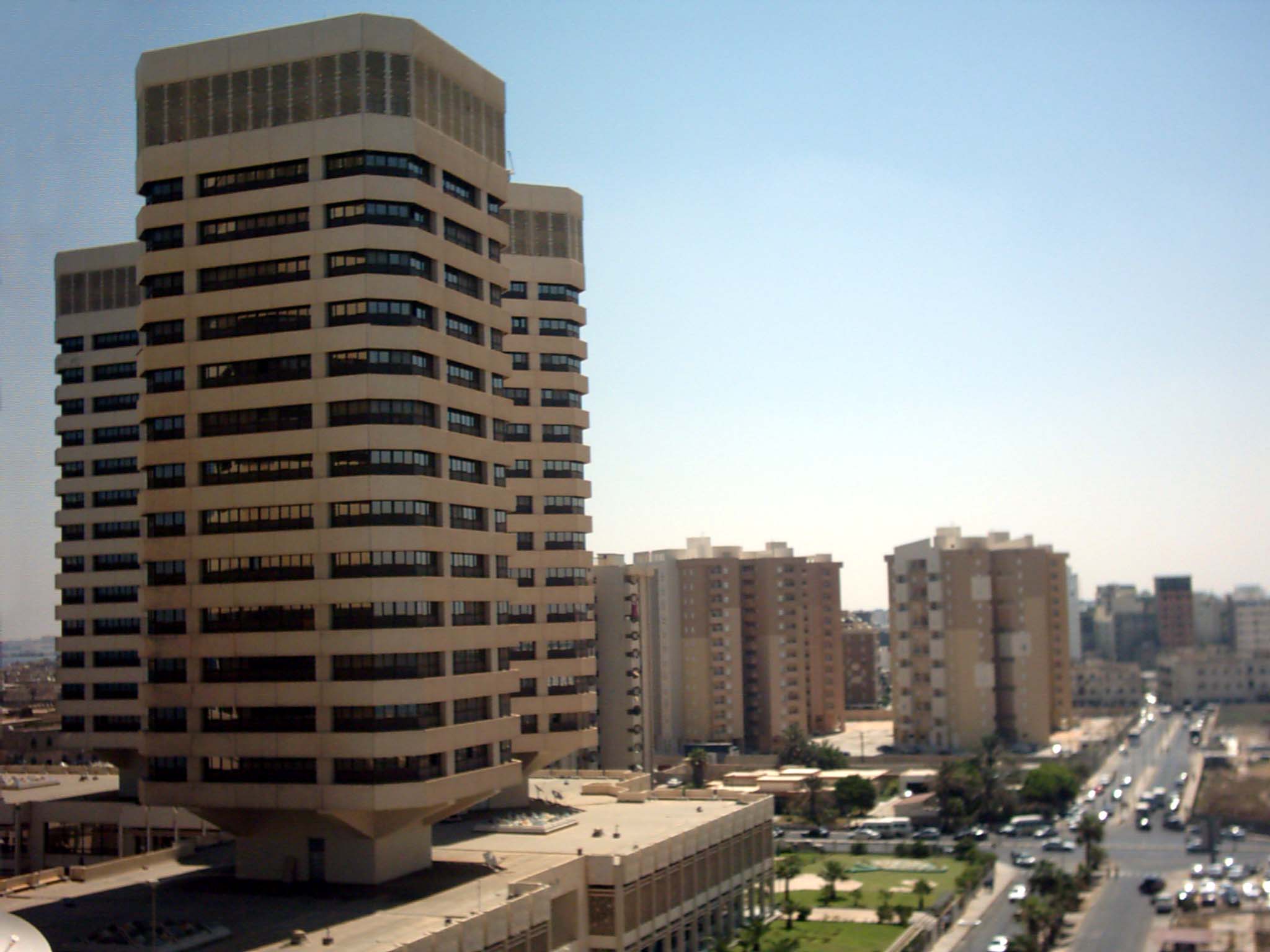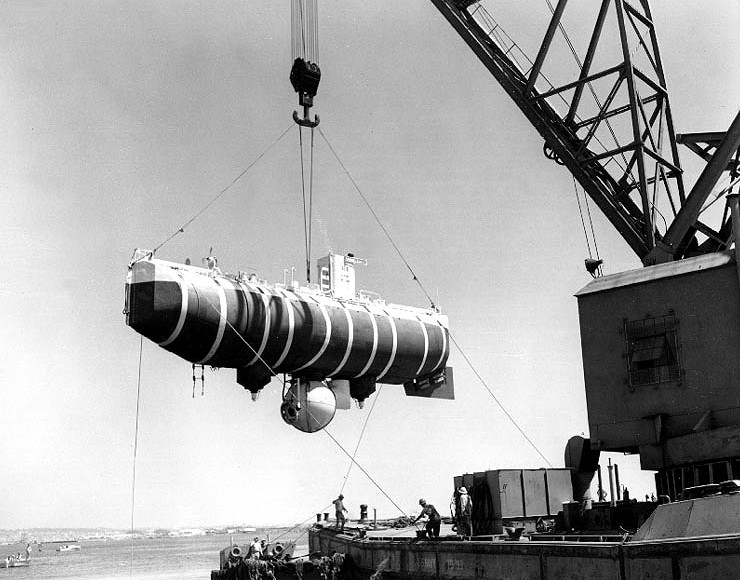|
Cheonghaejin-class Submarine Rescue Ship
The ''Cheonghaejin'' class (Hangul: ; Hanja: ) is a submarine rescue ship class of the Republic of Korea Navy. Only one ship has been built in the class, ROKS ''Cheonghaejin'' (ASR 21), in 1995. Its operations include rescuing trapped sailors in submarines, naval operation support for submarines, underwater research and mapping support, and recovery of sunk vessels. It is equipped with a deep submergence rescue vehicle (DSRV) that operates up to , and a rescue chamber that holds up to nine people. Design and description The design for a submarine rescue ship was first offered for export as the DW 4000R Koje class. One ship of the design was ordered in 1992 to support the Republic of Korea Navy (ROKN)'s submarine fleet. The vessel is capable of providing Electric battery, battery charging, provisions, fuel, oxygen and water to ROKN submarines. The ship measured long with a Beam (nautical), beam of and a Draft (hull), draught of . At Full load displacement, full load, the ship di ... [...More Info...] [...Related Items...] OR: [Wikipedia] [Google] [Baidu] |
Daewoo
Daewoo ( ; ; ; ; literally "great universe" and a portmanteau of "''dae''" meaning great, and the given name of founder and chairman Kim Woo-choong) also known as the Daewoo Group, was a major South Korean chaebol (type of conglomerate) and automobile manufacturer. It was founded on 22 March 1967 as Daewoo Industrial and was declared bankrupt on 1 November 1999, with debts of about US$50 billion (equivalent to $ billion in ). Prior to the 1997 Asian financial crisis, Daewoo was the third largest conglomerate in South Korea, behind the Hyundai Group and LG Corporation, Lucky-Goldstar (later became LG Corporation). There were about 20 divisions under the Daewoo Group, some of which survived as independent companies. History Beginning and development The Daewoo Group was founded by Kim Woo-choong in March 1967. He was the son of the Provincial Governor of Daegu. He graduated from the Kyonggi High School, then finished with an Economics Degree at Yonsei University in Seoul ... [...More Info...] [...Related Items...] OR: [Wikipedia] [Google] [Baidu] |
Draft (hull)
The draft or draught of a ship is a determined depth of the vessel below the waterline, measured vertically to its hull's lowest—its propellers, or keel, or other reference point. Draft varies according to the loaded condition of the ship. A deeper draft means the ship will have greater vertical depth below the waterline. Draft is used in under keel clearance calculations, where the draft is calculated with the available depth of water (from Electronic navigational charts) to ensure the ship can navigate safely, without grounding. Navigators can determine their draught by calculation or by visual observation (of the ship's painted load lines). Related terminology A ship's draft/draught is the "depth of the vessel below the waterline measured vertically to the lowest part of the hull, propellers, or other reference point". That is, the draft or draught is the maximum depth of any part of the vessel, including appendages such as rudders, propellers and drop keels if de ... [...More Info...] [...Related Items...] OR: [Wikipedia] [Google] [Baidu] |
Keel
The keel is the bottom-most longitudinal structural element of a watercraft, important for stability. On some sailboats, it may have a fluid dynamics, hydrodynamic and counterbalancing purpose as well. The keel laying, laying of the keel is often the initial step in constructing a ship. In the British and American shipbuilding traditions, this event marks the beginning date of a ship's construction. Etymology The word "keel" comes from Old English language, Old English , Old Norse , = "ship" or "keel". It has the distinction of being regarded by some scholars as the first word in the English language recorded in writing, having been recorded by Gildas in his 6th century Latin work ''De Excidio et Conquestu Britanniae'', under the spelling ''cyulae'' (he was referring to the three ships that the Saxons first arrived in). is the Latin word for "keel" and is the origin of the term careening, careen (to clean a keel and the hull in general, often by rolling the ship on its side). An ... [...More Info...] [...Related Items...] OR: [Wikipedia] [Google] [Baidu] |
Okpo, Geoje
Okpo is a neighborhood in the city of Geoje in South Gyeongsang Province, South Korea. The village is located on the eastern coast of Geoje Island and a center of the island. The Daewoo Shipbuilding & Marine Engineering (DSME) shipyard is located close to the town. A large portion of DSME employees live in Okpo, and DSME jackets are a common sight in the town at night. There are very few standalone houses in Okpo and most residential accommodation is fulfilled by high-rise apartments. Rent is high. There are a number of local accommodation agencies offering apartments for rent to incoming foreigners, as well as other supporting services. Okpo has a large foreign transient population due to the shipyards. As a result, there is a 'Foreigner's Club' by the Admiral Hotel which is run by the local expat residents themselves. There are also over fifty Western bars and two dozen Western restaurants serving a variety of 'Western style' meals. There are also Indian, Pakistani, Vietnamese ... [...More Info...] [...Related Items...] OR: [Wikipedia] [Google] [Baidu] |
Davit
Boat suspended from Welin Quadrant davits; the boat is mechanically 'swung out' Gravity multi-pivot on Scandinavia'' file:Bossoir a gravité.jpg, Gravity Roller Davit file:Davits-starbrd.png, Gravity multi-pivot davit holding rescue vessel on a North Sea ferry file:Freefall lifeboat.JPG, Freefall lifeboat on the ''Spring Aeolian'' file:Frapping line.jpg, Frapping line Labeled Tricing Gripe Steps to launch davit Roller Gravity Davit A davit () is any of various crane-like devices used on a ship for supporting, raising, and lowering equipment such as boats and anchors. Davit systems are most often used to lower an emergency lifeboat to the embarkation level to be boarded. The lifeboat davit has falls (now made of wire, historically of manila rope) that are used to lower the lifeboat into the water. Davits can also be used as man-overboard safety devices to retrieve personnel from the water. The maintaining and operation of davits is all under jurisdiction of the Intern ... [...More Info...] [...Related Items...] OR: [Wikipedia] [Google] [Baidu] |
Towing Winch
Towing is coupling two or more objects together so that they may be pulled by a designated power source or sources. The towing source may be a motorized land vehicle, vessel, animal, or human, and the load being anything that can be pulled. These may be joined by a chain, rope, bar, hitch, three-point, fifth wheel, coupling, drawbar, integrated platform, or other means of keeping the objects together while in motion. Towing may be as simple as a tractor pulling a tree stump. The most familiar form is the transport of disabled or otherwise indisposed vehicles by a tow truck or "wrecker". Other familiar forms are the tractor-trailer combination, and cargo or leisure vehicles coupled via ball or pintle and gudgeon trailer hitches to smaller trucks and cars. In the opposite extreme are extremely heavy duty tank recovery vehicles, and enormous ballast tractors involved in heavy hauling towing loads stretching into the millions of pounds. Necessarily, government and towing ... [...More Info...] [...Related Items...] OR: [Wikipedia] [Google] [Baidu] |
Decompression Chamber
A diving chamber is a vessel for human occupation, which may have an entrance that can be sealed to hold an internal pressure significantly higher than ambient pressure, a pressurised gas system to control the internal pressure, and a supply of breathing gas for the occupants. There are two main functions for diving chambers: * as a simple form of submersible vessel to transport divers underwater and to provide a temporary base and retrieval system in the depths; * as a land, ship or offshore platform-based hyperbaric chamber or system, to artificially reproduce the hyperbaric conditions under the sea. Internal pressures above normal atmospheric pressure are provided for diving-related applications such as saturation diving and diver decompression, and non-diving medical applications such as hyperbaric medicine. Also known as a Pressure vessel for human occupancy, or PVHO. The engineering safety design code is ASME PVHO-1. Basic types of diving chambers There are two basi ... [...More Info...] [...Related Items...] OR: [Wikipedia] [Google] [Baidu] |
Diving Bell
A diving bell is a rigid chamber used to transport divers from the surface to depth and back in open water, usually for the purpose of performing underwater work. The most common types are the open-bottomed wet bell and the closed bell, which can maintain an internal pressure greater than the external ambient. Diving bells are usually suspended by a cable, and lifted and lowered by a winch from a surface support platform. Unlike a submersible, the diving bell is not designed to move under the control of its occupants, or to operate independently of its launch and recovery system. The wet bell is a structure with an airtight chamber which is open to the water at the bottom, that is lowered underwater to operate as a base or a means of transport for a small number of divers. Air is trapped inside the bell by Hydrostatic pressure, pressure of the water at the interface. These were the first type of diving chamber, and are still in use in modified form. The closed bell is a pressur ... [...More Info...] [...Related Items...] OR: [Wikipedia] [Google] [Baidu] |
Deep Submergence Vehicle
A deep-submergence vehicle (DSV) is a deep-diving crewed submersible that is self-propelled. Several navies operate vehicles that can be accurately described as DSVs. DSVs are commonly divided into two types: research DSVs, which are used for exploration and surveying, and DSRVs (deep-submergence rescue vehicles), which are intended to be used for rescuing the crew of a sunken navy submarine, clandestine (espionage) missions (primarily installing wiretaps on undersea communications cables), or both. DSRVs are equipped with docking chambers to allow personnel ingress and egress via a manhole. Strictly speaking, bathyscaphes are not submarines because they have minimal mobility and are built like a balloon, using a habitable spherical pressure vessel hung under a liquid hydrocarbon filled float drum. In a DSV/DSRV, the passenger compartment and the ballast tank functionality is incorporated into a single structure to afford more habitable space (up to 24 people in the case of a D ... [...More Info...] [...Related Items...] OR: [Wikipedia] [Google] [Baidu] |
Dynamic Positioning System
Dynamic positioning (DP) is a computer-controlled system to automatically maintain a vessel's position and heading by using its own propellers and thrusters. Position reference sensors, combined with wind sensors, motion sensors and gyrocompasses, provide information to the computer pertaining to the vessel's position and the magnitude and direction of environmental forces affecting its position. Examples of vessel types that employ DP include ships and semi-submersible mobile offshore drilling units (MODU), oceanographic research vessels, cable layer ships and cruise ships. The computer program contains a mathematical model of the vessel that includes information pertaining to the wind and current drag of the vessel and the location of the thrusters. This knowledge, combined with the sensor information, allows the computer to calculate the required steering angle and thruster output for each thruster. This allows operations at sea where mooring or anchoring is not feasible due ... [...More Info...] [...Related Items...] OR: [Wikipedia] [Google] [Baidu] |
Controllable Pitch Propeller
Controllability is an important property of a control system and plays a crucial role in many regulation problems, such as the stabilization of unstable systems using feedback, tracking problems, obtaining optimal control strategies, or, simply prescribing an input that has a desired effect on the state. Controllability and observability are dual notions. Controllability pertains to regulating the state by a choice of a suitable input, while observability pertains to being able to know the state by observing the output (assuming that the input is also being observed). Broadly speaking, the concept of controllability relates to the ability to steer a system around in its configuration space using only certain admissible manipulations. The exact definition varies depending on the framework or the type of models dealt with. The following are examples of variants of notions of controllability that have been introduced in the systems and control literature: * State controllability ... [...More Info...] [...Related Items...] OR: [Wikipedia] [Google] [Baidu] |





